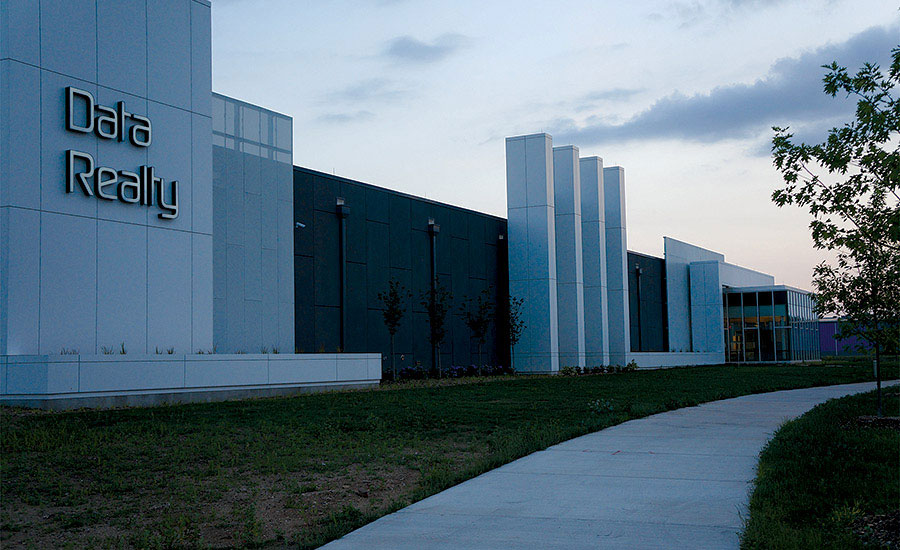I’ve been in the data center industry for a long, long time now…too long. One of the largest clients of my career was Comdisco. As principal, I was in charge of the design of a majority of their data centers nationally and internationally. Comdisco was the pioneer in the disaster recovery (DR) industry since the ’80s. While I was the principal in the design of several projects, I also was an alliance partner in their consulting practice. With this said, I was continuously involved with the DR plans and design criteria around supporting these plans.
Recently, I conducted interviews with an enterprise client that discussed the levels of criticality within their applications. Their response to criticality was similar to other enterprise clients and the method to identify critical applications was to create a Tier program — Tier 1-3, with three being the highest and most critical applications (or vice versa). The problem with this antiquated method of categorizing applications into tiers is that what may not be critical to you, may be critical to me. If I am working in an application that goes down, while it may not have a direct effect on the business, it does reduce productivity. As the use of technology increases and the dependence on it is greater, more applications are seen as critical and not secondary. While losing email in the cloud may not have as direct an impact as a financial application, the loss of email breaks down communication.
TIER II CITIES
As plans are created for a DR site, several items need to be addressed. Does latency and distance drive criticality and recoverability? Since many disasters are local/regional, is the secondary DR site off the grid of the primary DR site? Are there remote hands that are knowledgeable of DR applications at the remote DR site? As I look around the Midwest, I see several opportunities for data center development concerning Tier II cities and the regions they serve.
One client, Data Realty, recently built a 50,000-sq-ft data center in South Bend, IN. The site is a greenfield development offering numerous benefits that other sites don’t. While one might think “Why invest in a data center in South Bend?” the location is actually brilliant. Data Realty in South Bend can support Chicago and Indianapolis for both DR or as a primary site. As a DR site, South Bend is not on the ComEd grid, and is additionally not on the Indianapolis Power and Light grid. Therefore, the location exactly compliments the DR strategies of both cities. This coupled with hands on management of applications during a crisis, makes Data Realty the preferred choice in selecting a DR site.
While looking at the success of Data Realty in South Bend, I ask myself “Why can’t other Tier II-III cities model this program?”
Let’s examine Milwaukee (Tier II city).
If you’re a wholesale/colocation company, I can point to 3 MW of demand in Milwaukee with little or no supply. Yet no one seems interested in building a data center in Milwaukee or Madison, WI, which is even better. Madison can support Chicago, Milwaukee, and Minneapolis.
Several of the large collocation providers addressed Tier II cities as if they were a larger market by building large data centers. They didn’t right-size their prototypes to support the market, and are now selling their data centers in these markets. If addressed properly, Tier II cities will provide a strategic play in DR as well as edge compute.
EVERYTHING IS SACRED
The business protocol for subscribing to a disaster recovery plan has been to only back up what is critical. Due to interdependencies from application to application, the constant need for all applications and storage area networks creates a different DR plan than what we’ve seen in the past. This combined with the proper location create an overall DR plan that is safe and effective.
NEW CONSIDERATIONS FOR THE CIO
While disaster recovery criteria has been established for over 30 years in the industry, new technology drives a different criteria than previously identified within the enterprise data center market. Some of the new considerations include:
- What is your cloud providers DR plan? Can you review their plan prior to subscribing to cloud services?
- Is your internal cloud or hybrid cloud recoverable?
- While operating in a recovery cloud situation, is your network secure and reliable?
- Since several people now commute, and utilize a virtual office approach, is your recovery plan accessible nationally and internationally?
- DR testing is not just exercised in critical applications, but should be tested in the virtual world directly with the endusers.







